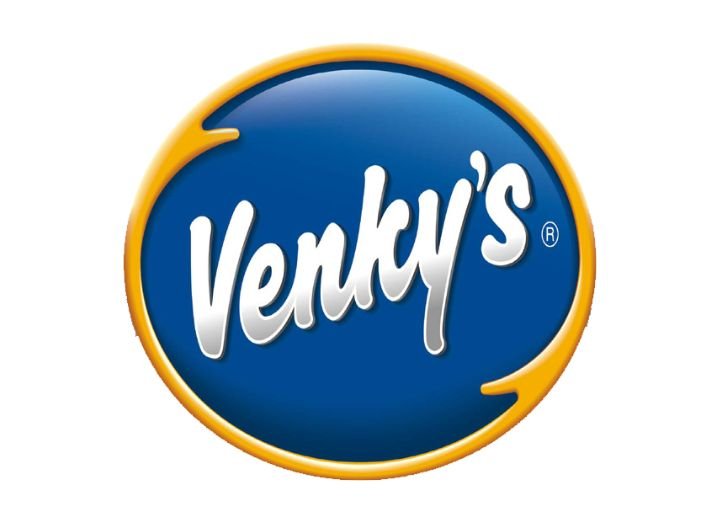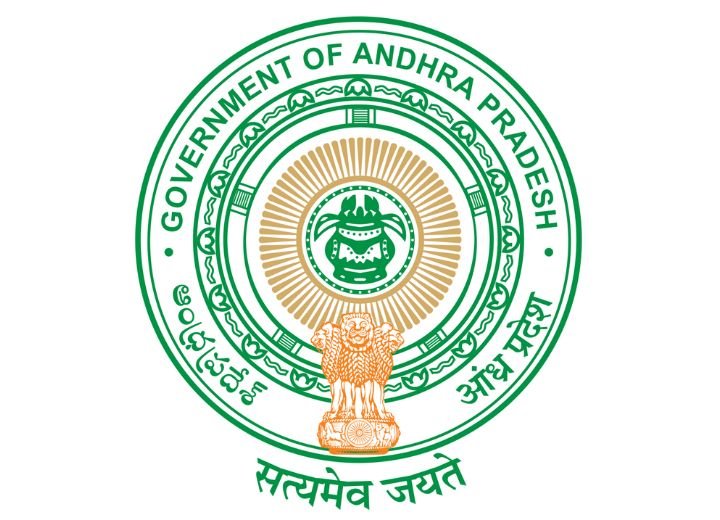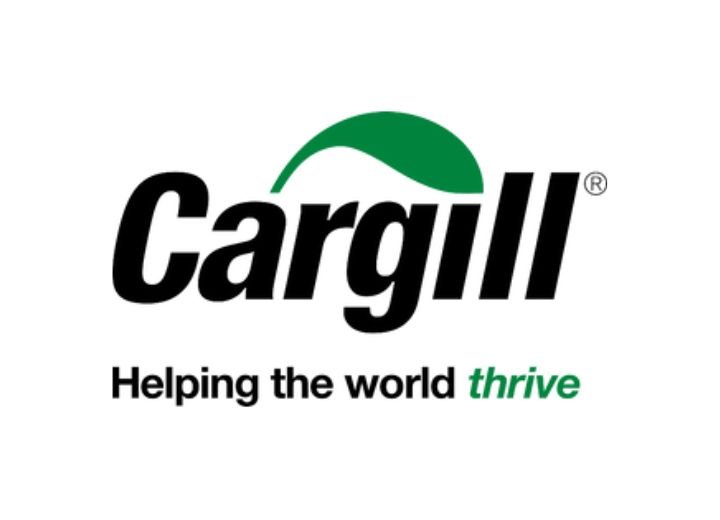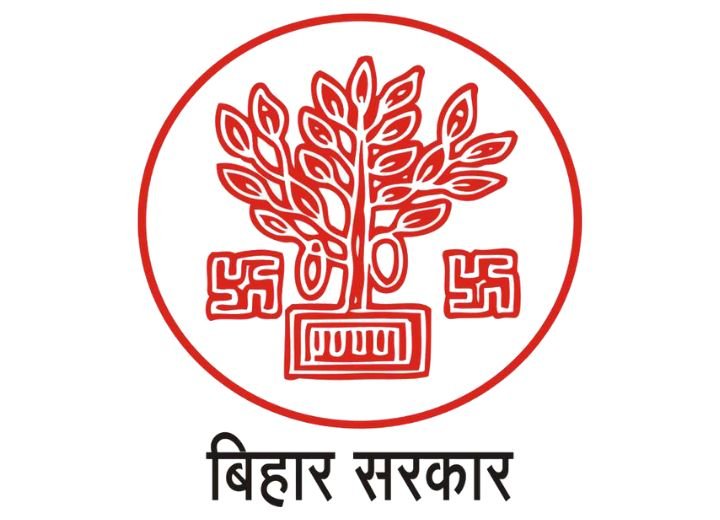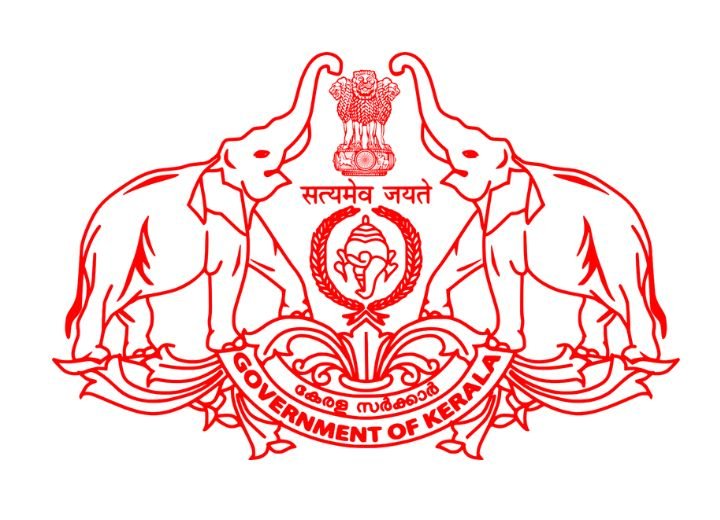Aerators for Fish Farming
Aerators for Fish Farming
An aerator is a device used to mix air with substances such as soil and water. There are various devices available in the market to perform this task depending on the requirement. If you are in the business of aquaculture, aerators for fish farming usually come in the form of waterwheels attached with several paddles at the periphery of the wheel. The device is placed on the water where its parts turn and splash the water into the air diffusing the oxygen into the water. In natural water bodies, diffusion from the atmosphere and underwater photosynthesis provides oxygen to the water which is more than sufficient for all aquatic organisms. However, this is not the case in aquaculture ponds since there is a higher concentration of plants, fishes, and microbes which consumes oxygen at a higher pace than it is replaced. In such cases, aerators for fish farming are needed to keep the oxygen level constant in the water.
At Ardis, we manufacture a wide variety of aerators to meet a variety of requirements. We also have a shop floor measuring 20,000 sq. ft. where all the work takes place. Our facility is equipped with the latest technology in the field. Adherence to international standards and benchmarks allows us to cater to international clients and provide top quality products that will last long after the competition is done. In addition, our R&D; department works closely with our clients to understand their needs and deliver the products as per their specifications, we also have a customer support team who ensure every feedback and communication is forwarded and taken into account accordingly within the stipulated time.
Related Links:
2hp Aerator Price
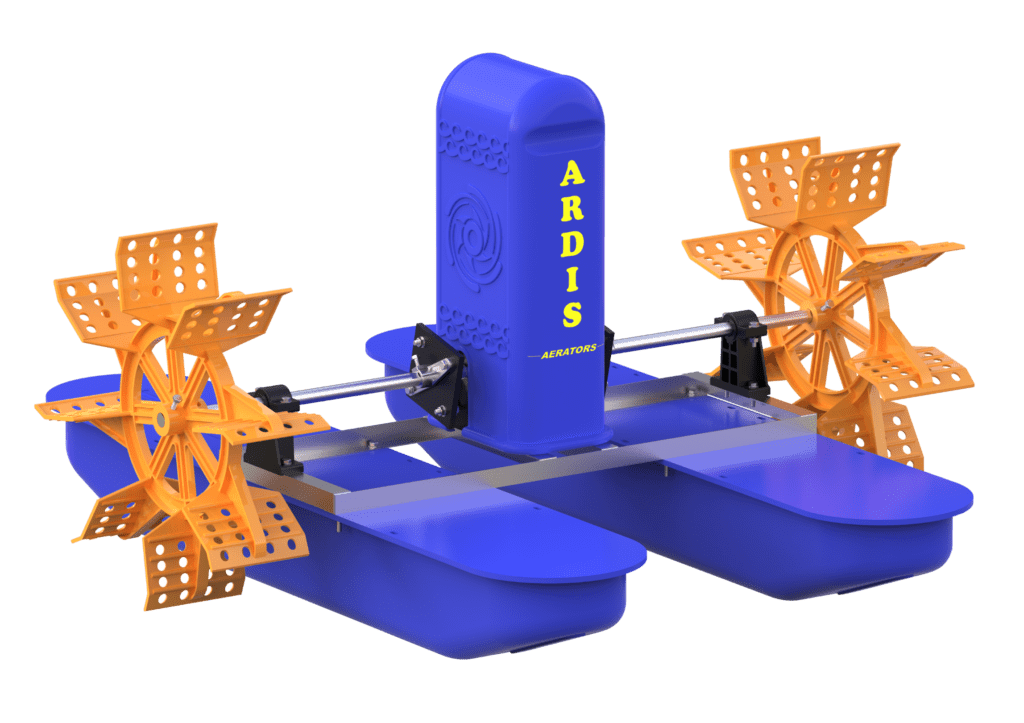
Our Clients









